Favorite museums may merit repeat trips but seldom surprise. Paintings and sculptures displayed inside a museum typically look the same day to day. One of the joys of experiencing public art outdoors, however, is discovering sculptures that are mutable, whose creators are a bit like modern alchemists. The pieces are part of, but also in conversation with, the hills and meadows around them.
Whether crafted of stainless-steel, bronze, marble, or stone, these monolithic artworks always appear fresh based on the time of day or the weather. Even the act of walking around a sculpture affords different views and impressions as one observes subtle changes in the piece’s finish and the interplay between the art, the air, and the surrounding landscape.
Worth a day trip, the three sculpture gardens below are open seasonally, visitors can go online for tickets and hours.
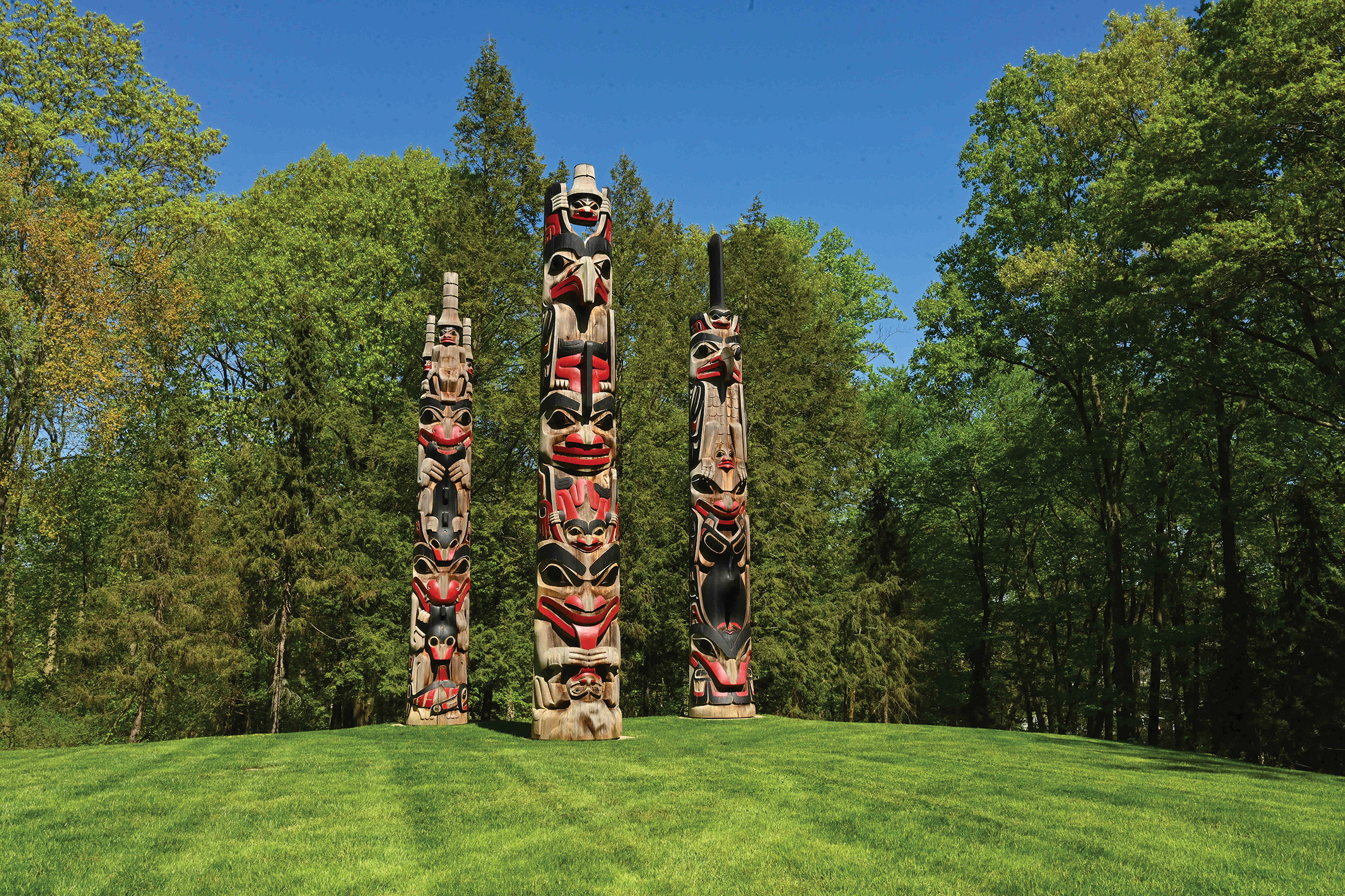
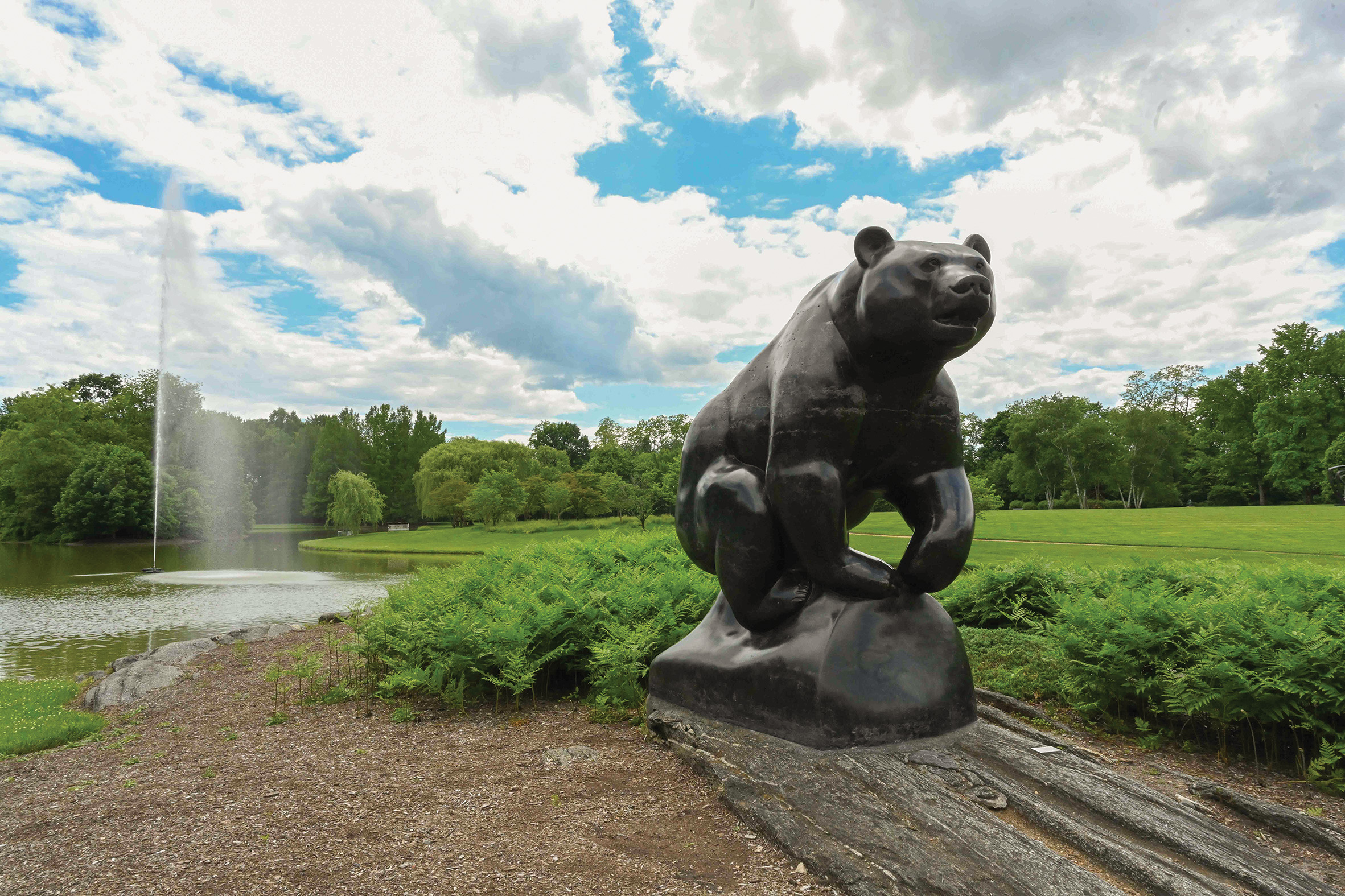
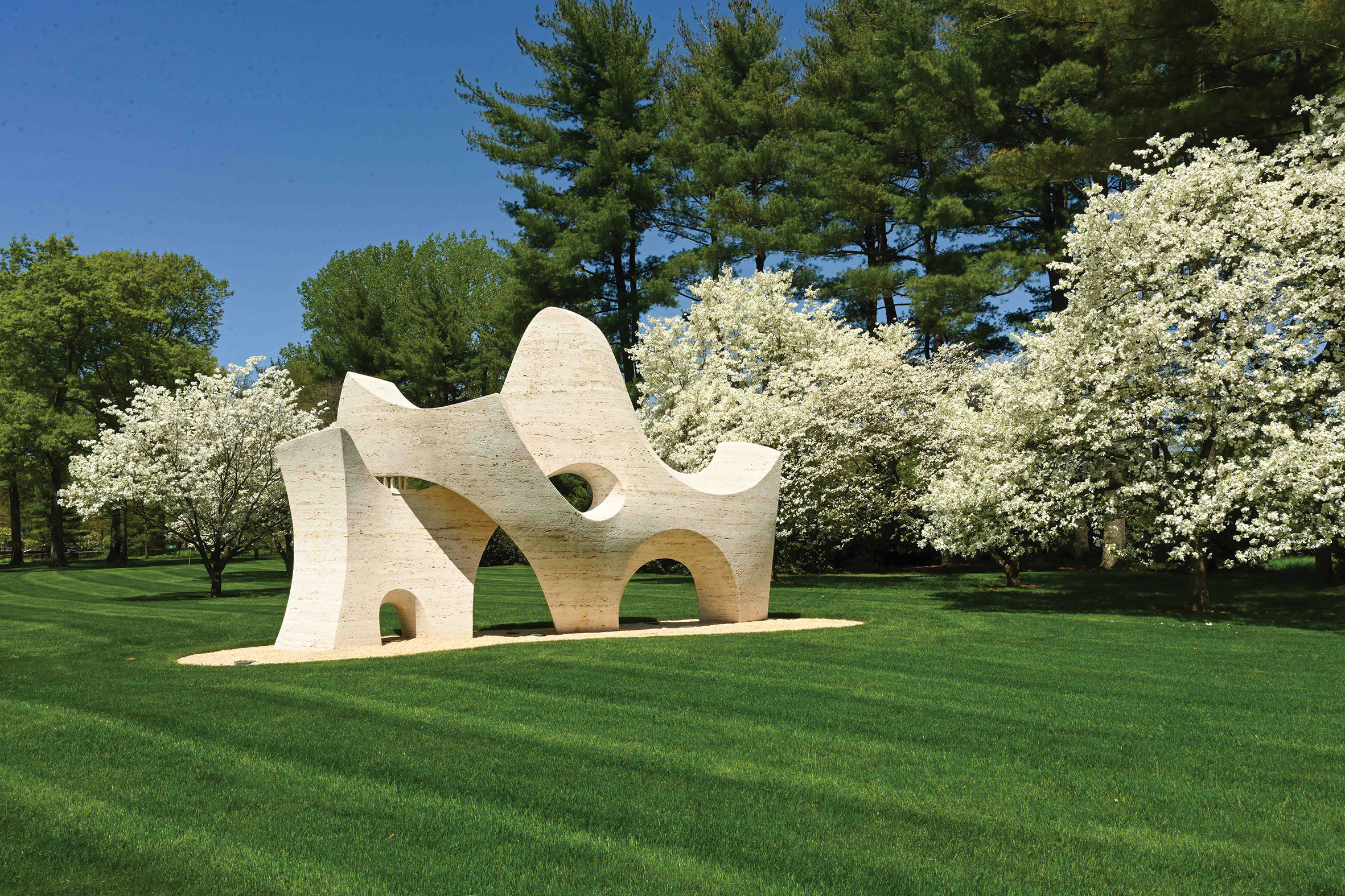
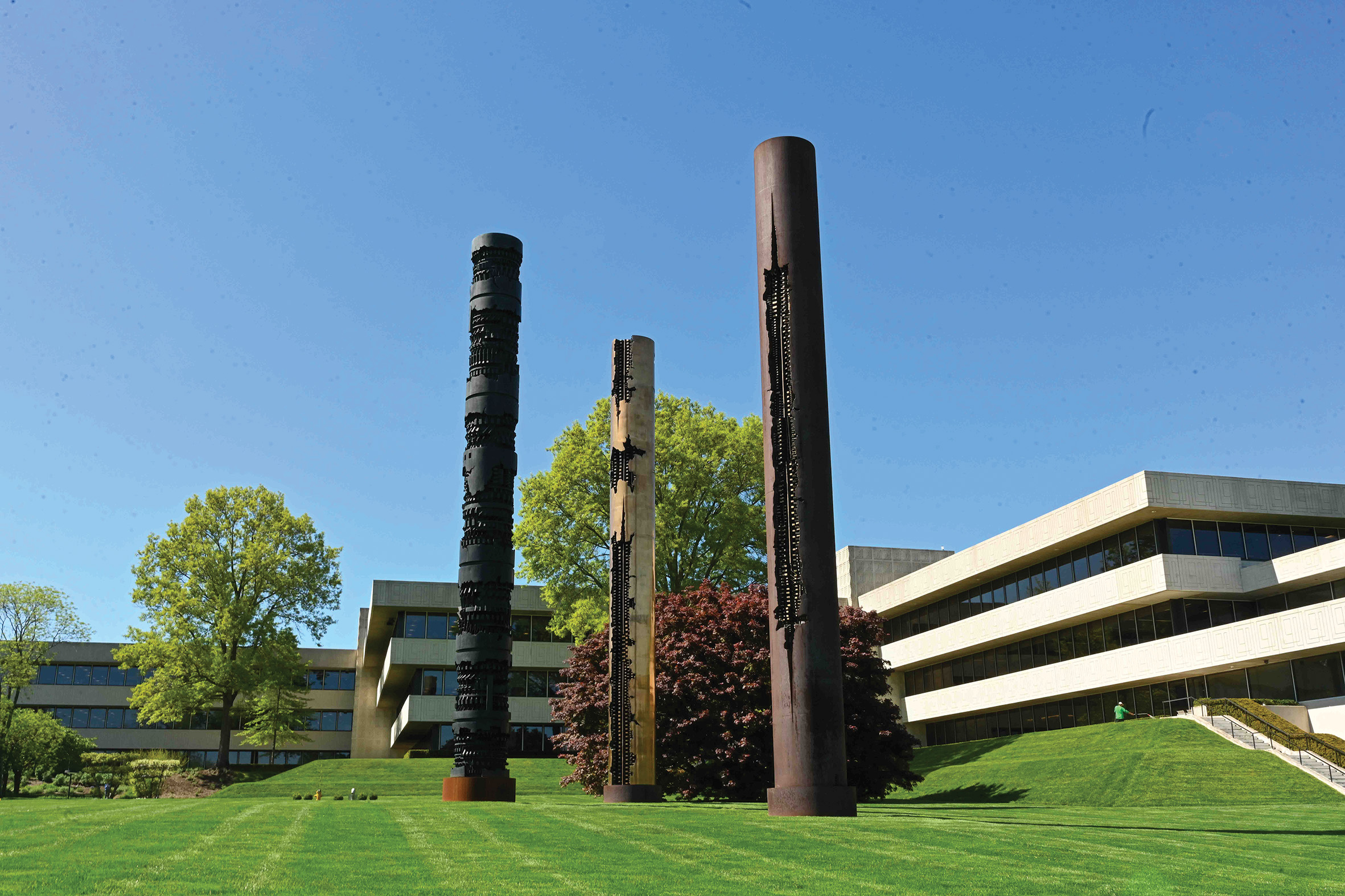
Donald M. Kendall Sculpture Garden
Purchase, NY
www.pepsico.com/sculpture-gardens
Visitors to the Donald M. Kendall Sculpture Gardens on the grounds of PepsiCo in Purchase, N.Y., may be initially surprised by the breadth of work from famous sculptors like Alexander Calder, Auguste Rodin, Henry Moore and Richard Serra. As one strolls the gardens, however, the art itself takes prominence, not who made it.
Amanda Whittemore, PepsiCo’s art curator for the gardens, says these works are about the artist and their creation but more importantly, center on the viewer’s interpretation. “Art is meant to be seen and that is why public art is so important. It allows people to share in an experience together without barriers,” says Whittemore.
The 42 sculptures on view at the DMK Sculpture Gardens mostly favor Midcentury Modern styling; highlights include “Passage” by Richard Erdman, “Grizzly Bear” by David Wynne, and “Haida Totems” by Robert Davidson, all commissioned for the gardens. The first sculpture placed here in 1970 was Moore’s “Double Oval” while Calder’s abstract “Hats Off” has long been a crowd favorite.
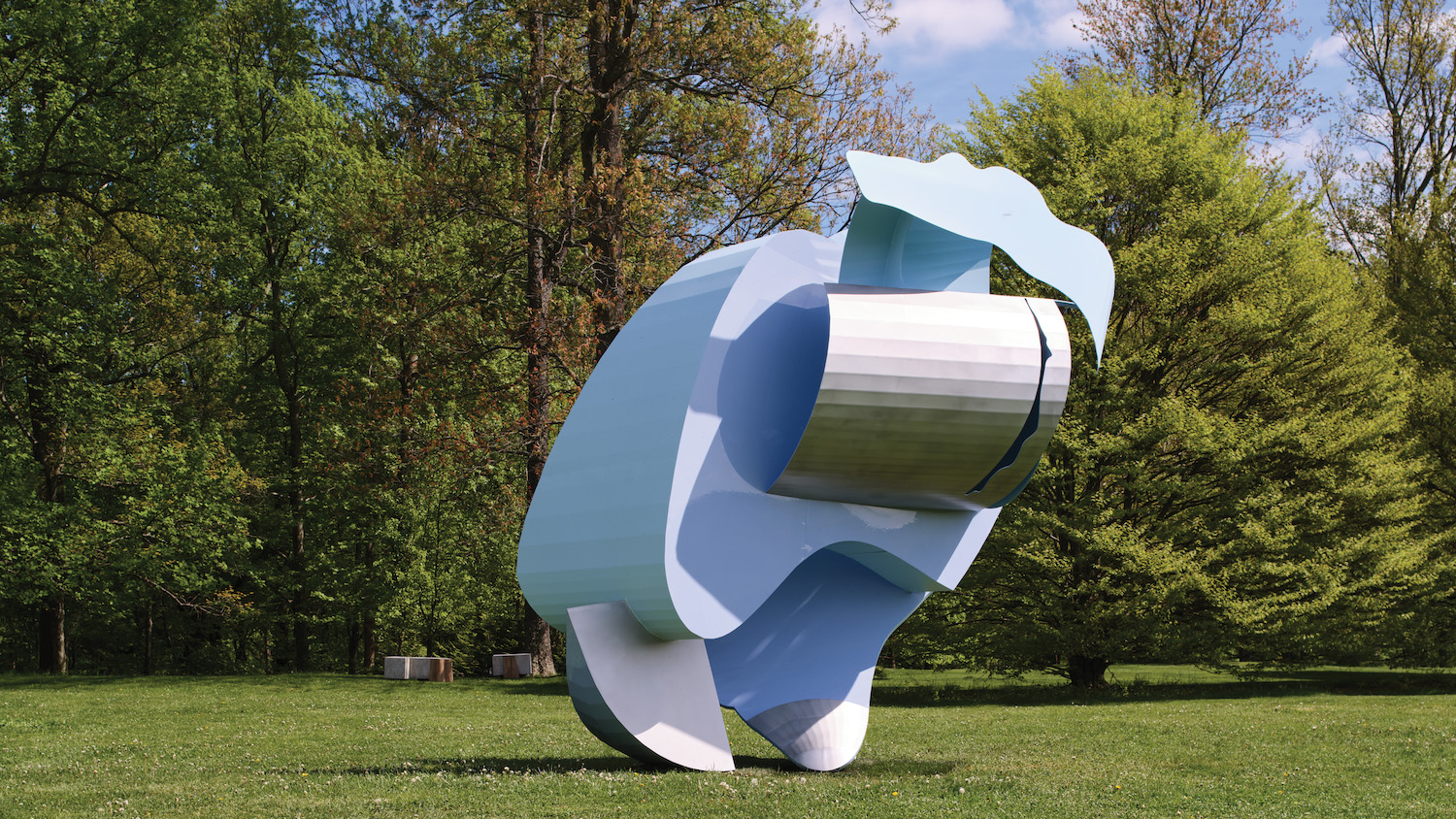
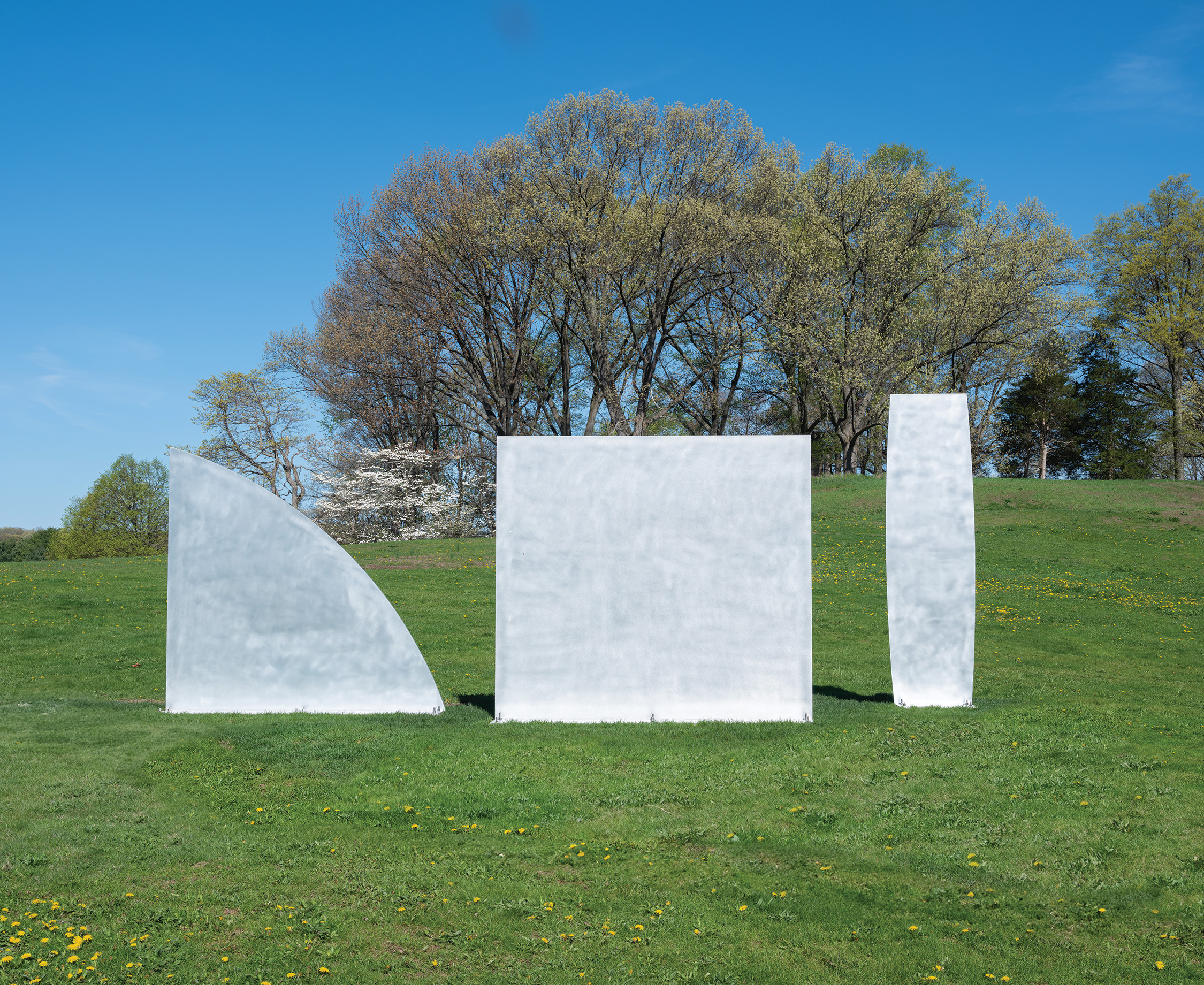
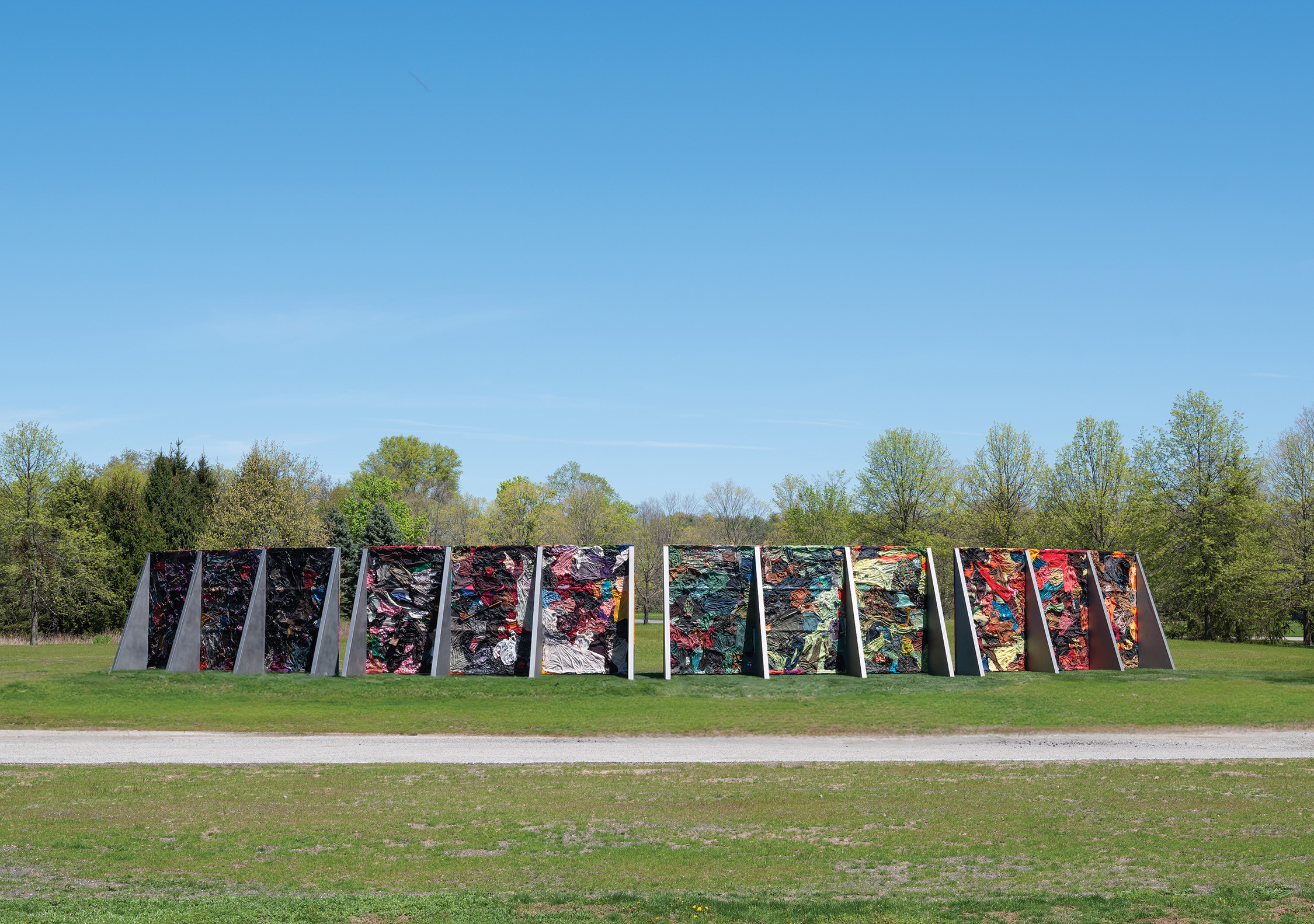
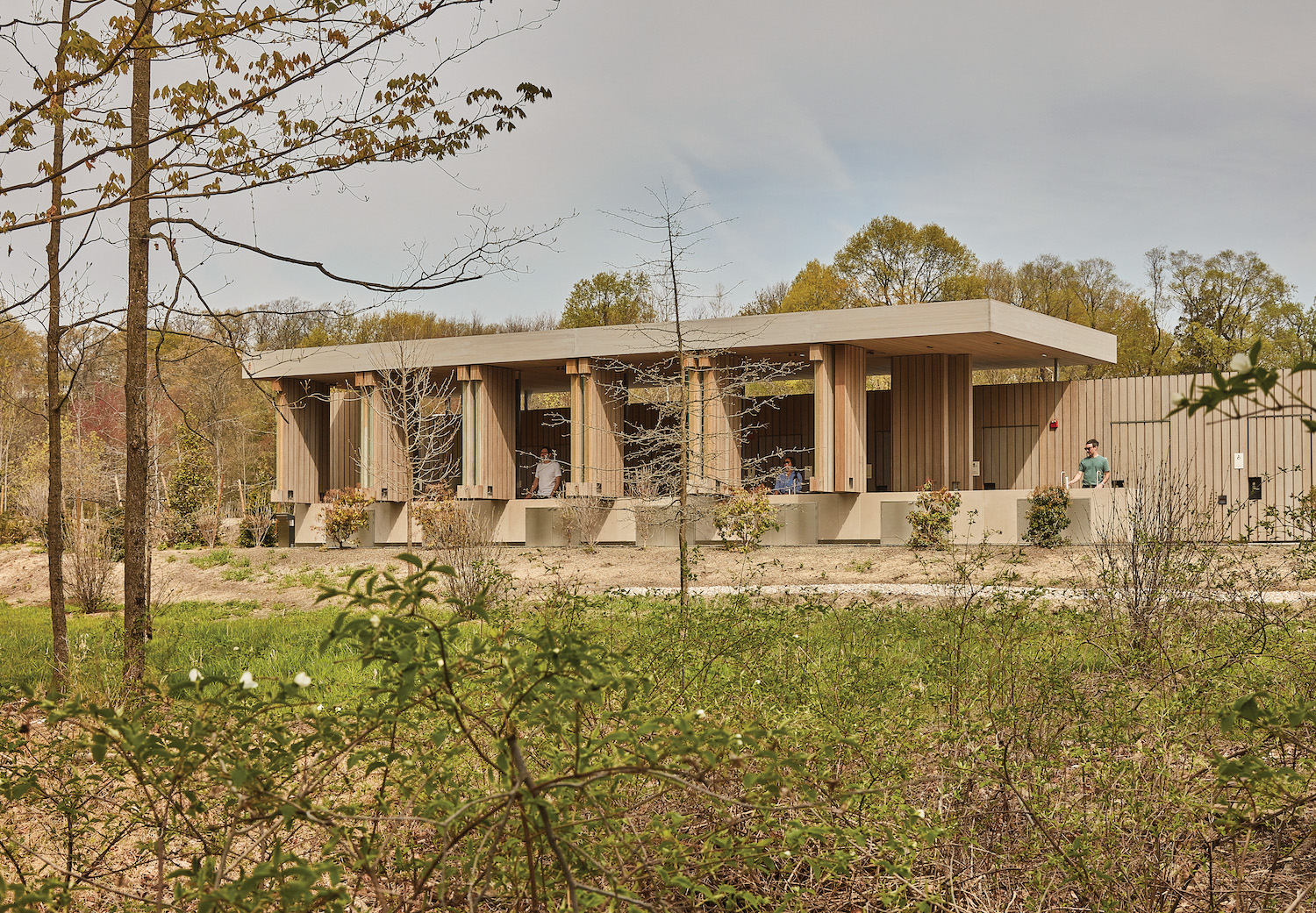 Storm King Art Center
Storm King Art Center
New Windsor, NY
www.stormking.org
“Experiencing art outdoors is fundamentally transformative,” says Nora Lawrence, Executive Director of Storm King Art Center, a 500-acre “open air museum” that has over 100 permanent outdoor sculptures, many of which were created site-specific in conjunction with the artists. “When you take art beyond the walls of a gallery, not only do you have the opportunity to experiment with scale, but it allows the works to be in active dialogue with the landscape. Shifts in light, the changing seasons, the wind, and even the sounds of nature create a singular experience for each visitor.”
Among site-specific pieces that resonate strongly with audiences are Maya Lin’s “Storm King Wavefield” and Andy Goldsworthy’s “Storm King Wall” that are both notable for how well they work here even as the landscape changes seasonally. Commissioned pieces like Sarah Sze’s “Fallen Sky” and Martin Puryear’s “Lookout” use materials like polished stainless steel and brick masonry that invite viewers to see the landscape in new ways.
Visitors will always find something new to behold. Besides permanent artworks are temporary installations and special exhibitions, including three new works by Kevin Beasley (including his largest piece to date) and Brazilian artist Sonia Gomes’ US solo museum debut.
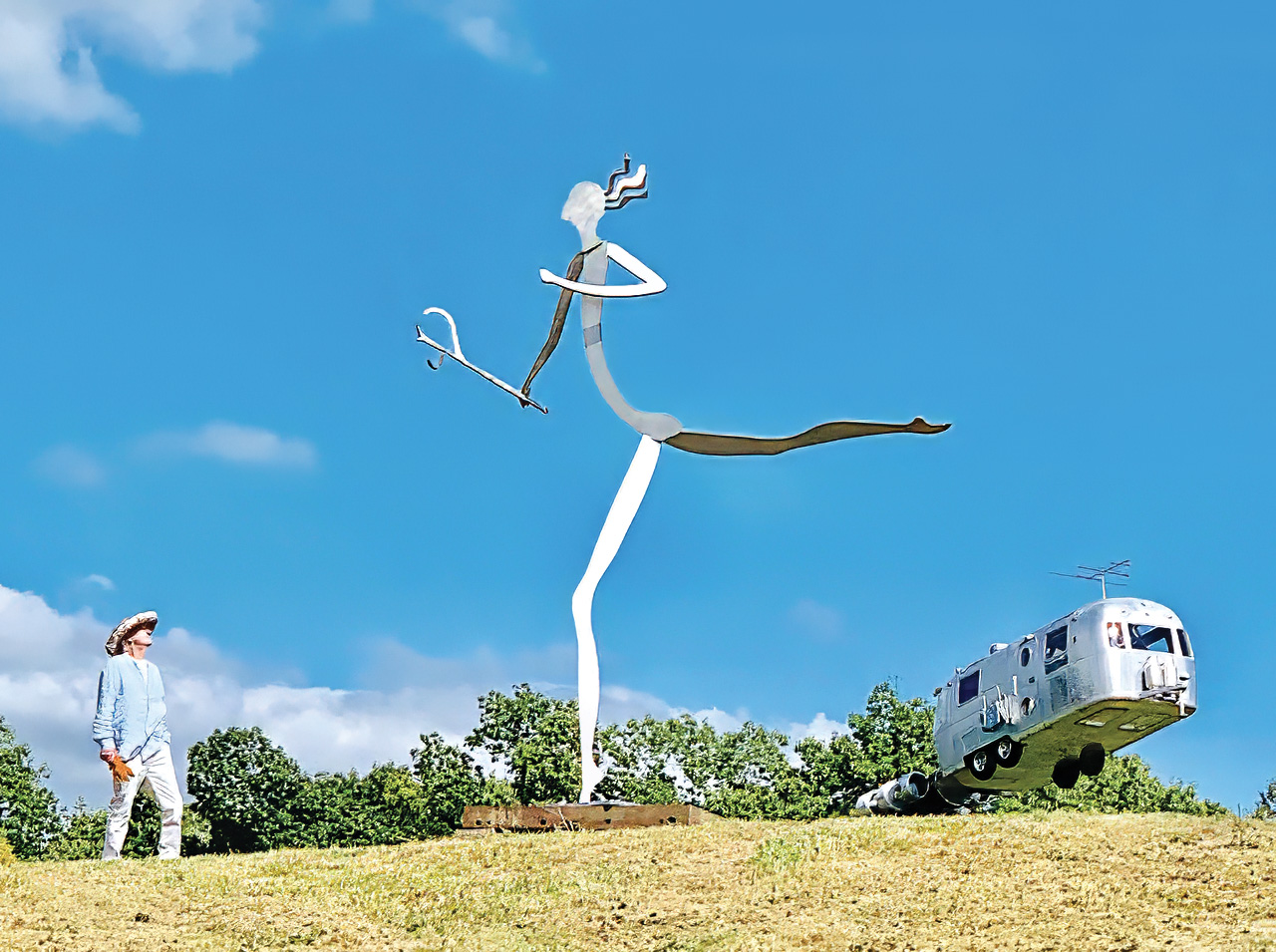
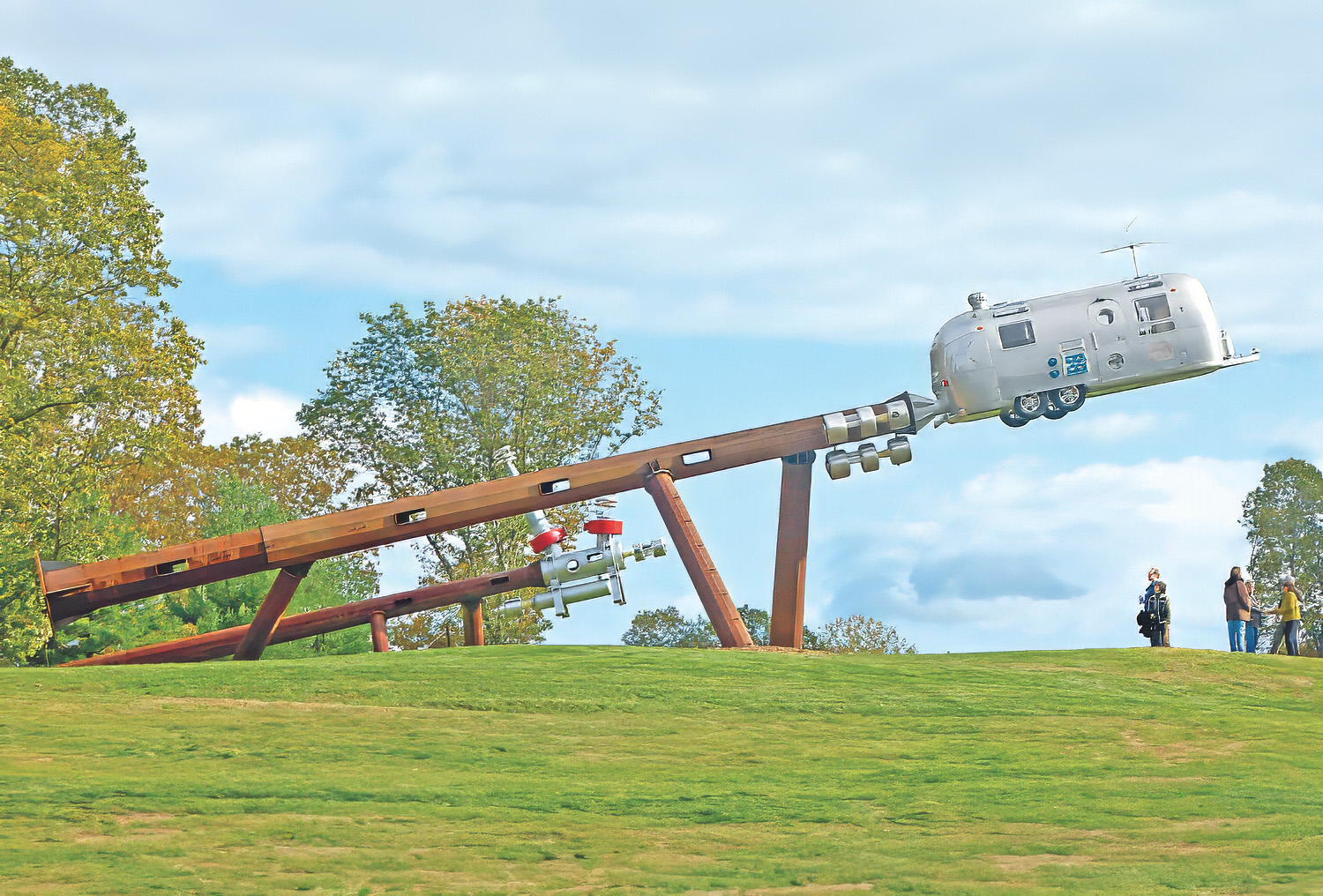
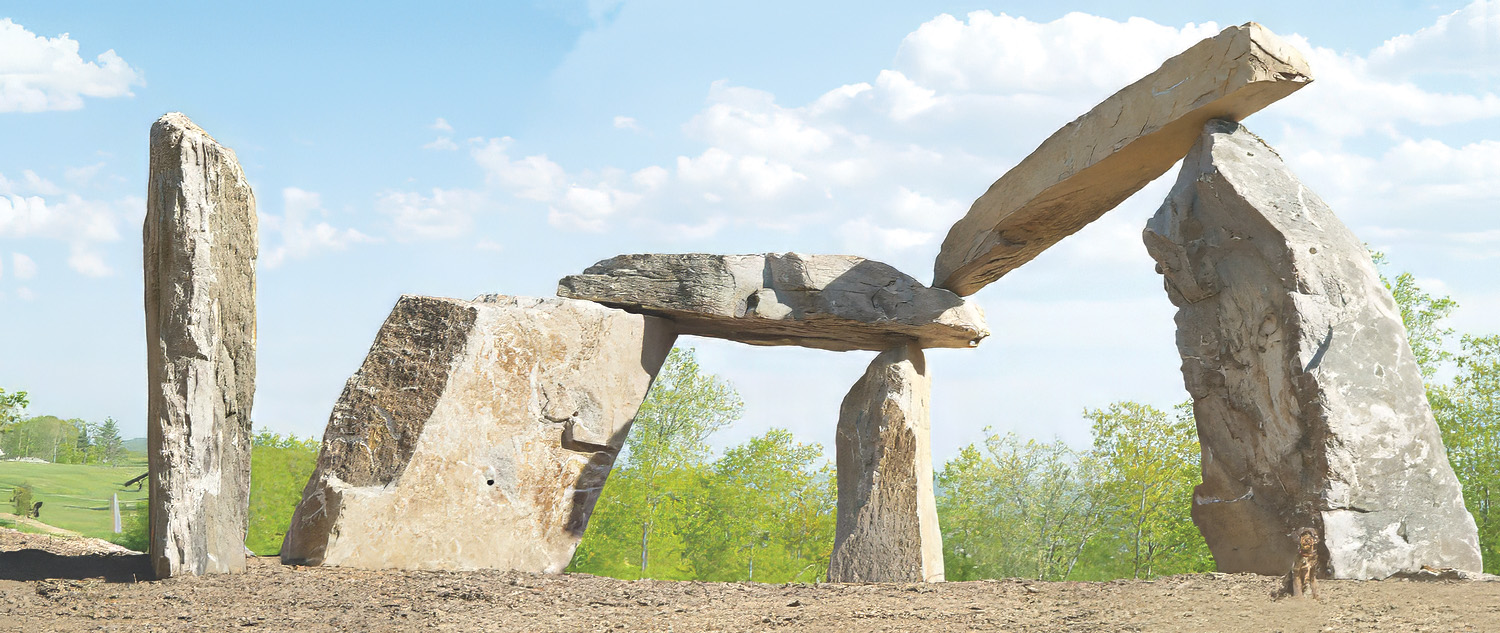 Hogpen Hill Farms
Hogpen Hill Farms
Woodbury, CT
www.edwardtufte.com/hogpen-hill-farms
On the winding drive into the 234-acre Hogpen Hill Farms in Woodbury, Conn., visitors encounter artist-made road signs like “Our Only Language is Vision” and “If You See Something Say Nothing,” prompting them to enjoy the 80+ artworks ahead in quiet reflection to really take in what they see.
Statistician-sculptor Edward R. Tufte, who goes by ET, enjoys adding whimsy and humor into his sculptures. A fitting example is “Rocket Science,” which measures over 70 feet long and 30+ feet tall. Those with keen eyes will observe lawn chairs attached to one side, a ventilation fan on top that spins with the wind and an old-fashioned TV antenna. Rife with inside jokes, some only known to the artist, this “rocket” even has brakes from a Porsche. “I made up this idea that there’s this crackpot in their backyard who is going to make a rocket that is going to Mars,” says ET.
Long before sculpting, ET was interested in data and “forever knowledge.” His sculptures pay homage to such concepts, such as three-dimensional stainless-steel diagrams he adds to his artworks after the originals by physicist Richard Feynman.
The artist learns from his pieces long after their creation. “Celestial Dancer with Calipers and her DNA” stands on a hilltop with the stainless-steel slab its elements were cut from. It was not until several years later that ET realized the slab contained evidence of the artwork’s DNA.•